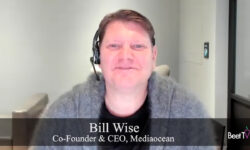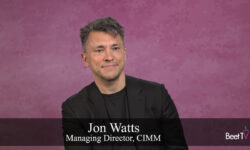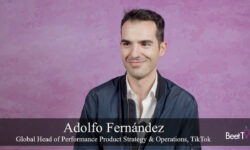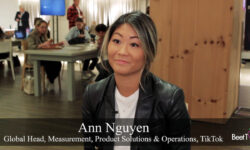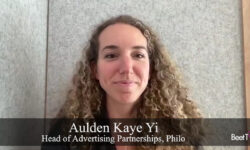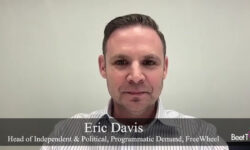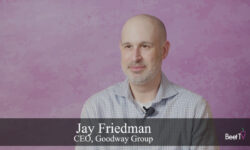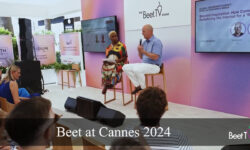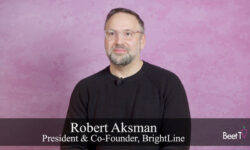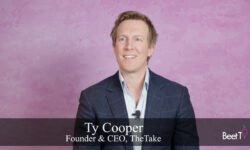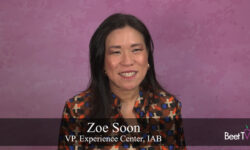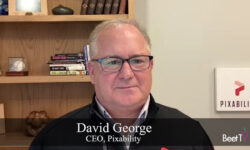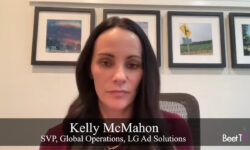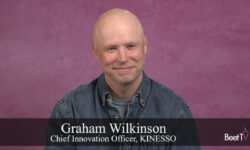About four months from the merging of MEC and Maxus, Starcom veteran Amanda Richman has been chosen as CEO USA of the as-yet unnamed entity. Coming on board in October, Richman will report to MEC Global CEO Tim Castree.
“Amanda is a fantastic choice to be our US leader,” Castree said in a news release. “She is universally liked and respected by her people, her clients and her partners in the marketplace and I’m delighted that she’s joining our global team.”
In the same release, Richman said the MEC offer “was just too good of an opportunity to pass up. With leading talent and tech in place, we have an opportunity to drive the new agency model forward faster, in partnership with our clients and the marketplace.”
As President of Investment at Starcom USA, Richman architected and led the agency’s cross-channel investment practice across clients including Airbnb, Bank of America, Kraft Heinz and Samsung. Previously, she served as President of Digital for Mediavest, building its digital team and capability. Prior to joining SMG, Richman held digital leadership roles at The Interpublic Group as Managing Director of their first digital agency, and at Time Warner leading client services for the company’s interactive television division.
The merger of MEC and Maxus takes effect in January 2018.
Beet.TV interviewed Richman earlier this year in Los Angeles at the 4A’s conference. We are republishing the interview with today’s news.
Despite great advances in digital and television audience targeting, platform-specific creative is a milestone the industry has yet to achieve. Until a silver bullet arrives, there’s some “simple stuff” that agencies and brands can do, according to Amanda Richman.
“One of them being, let’s bring together all the right parties that all have the same interest in success in the briefing process,” says the President of Investment & Activation at Starcom USA.
In this interview with Beet.TV at the annual Transformation conference of the 4A’s, Richman discusses the need for creative—not just media—to drive effectiveness and the eternal value of human input in a technology laden industry.
Richman believes that digital audience targeting has been perfected and new network television audience optimization products are showing lots of promise toward the same end. Programmatic “is certainly elevating our game” with respect to brand safety, when it comes to controls and processes.
“But we still have not put sufficient time, resources and attention really to the space around creative messaging that is more bespoke to the audience,” she says.
The goal is to make a more meaningful impact with consumers and engaging with them not only in a campaign “but maybe across a longer period of time.”
As for the “simple stuff that we still need to crack,” it starts with having the right people at the table during the briefing process and then sticking to the brief. “Let’s map out what it is that we’re trying to achieve and understand where we actually can make that happens,” says Richman.
The process includes tapping the best practices of publishers that can help agencies understand, say, how to make the best six-second commercial format or the best experience on Snapchat. The end goal is to “really sequence and synchronize campaigns in a way that can make an impact over time,” Richman says.
“Humans and their ideas and their creativity lead the best work,” she adds. It’s something “you can’t replace with technology.”







